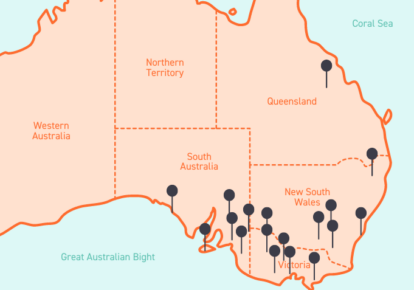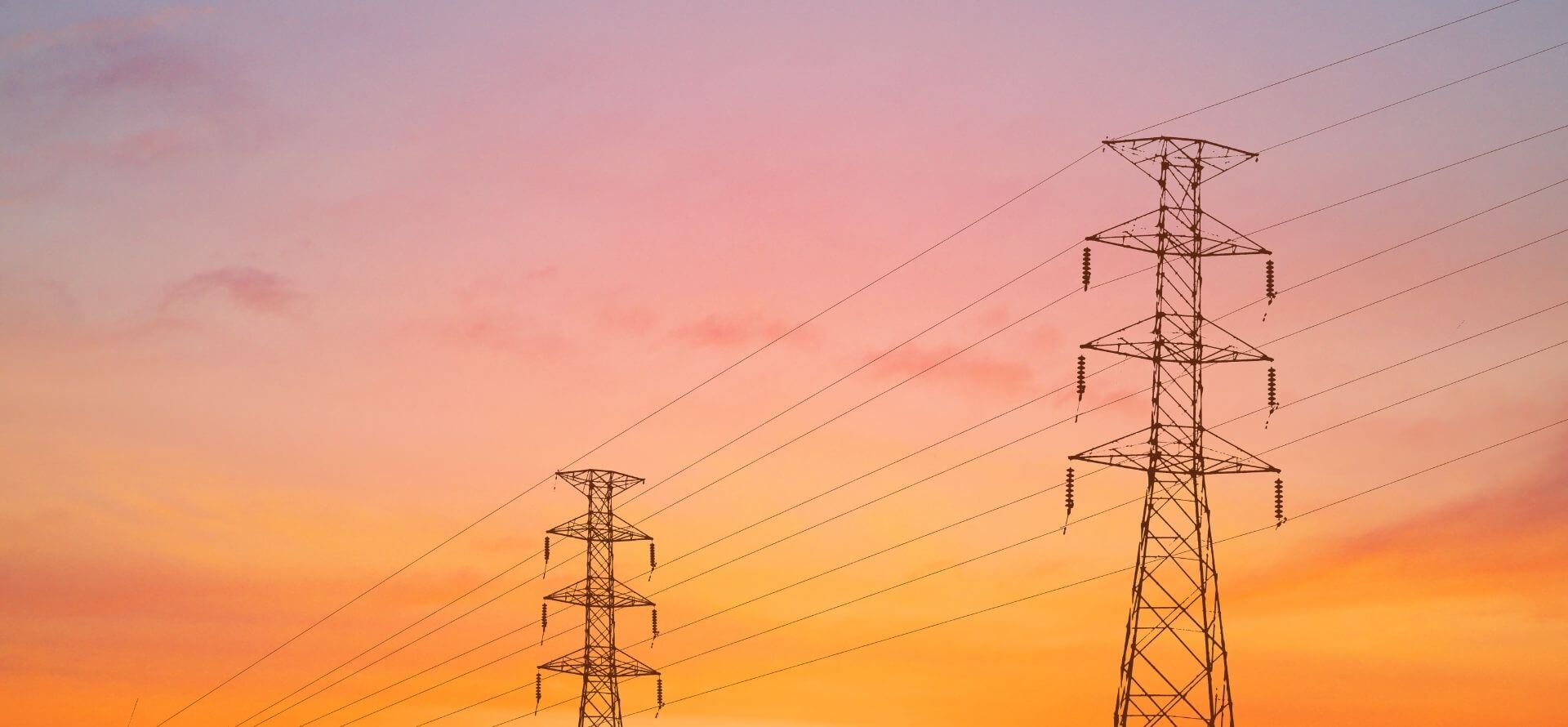With summer nearing, businesses need to begin preparing their team for demand response.
On September 18 (2021), we held a webinar to explore how businesses can implement our demand response framework to tackle the summer ahead.
With energy demand fluctuating throughout the day, week and year, businesses need to look at ways to reduce costs through other measures, like demand response. This involves responding to signals in the market. The benefits not only help grid reliability and security, but put downward pressure on overall energy costs.
We have created a six step demand response framework to unite a business from strategic decision makers, right through to the team on the ground. Through this structure, everyone knows what to do and when to do it, and is aligned to respond rapidly when an event is called.
Step 1: Purpose
To fully understand the benefits of demand response, it’s important to understand your reason for doing it.
Step 2: Plant
Shutting down non-essential plants and being mindful of where electricity is being used and at what times of day, all deliver demand response benefits.
Step 3: Price
A business can determine at what price threshold demand response should be employed. It’s important every business takes the time to establish what price means to its operations.
Step 4: People
To succeed, it’s critical that a business unites all its stakeholders to understand their roles as either a decision maker, DR facilitator, primary responder or secondary responder.
Step 5: Plan
The plan makes it clear when to act and establishes the roles and responsibilities that will combine to successfully deliver the demand response strategy.
Step 6: Post event review
We provide our customers with post event reports which deliver insights into their performance and identify opportunities for improvement.
Case study
A Victorian agri-business was paying over $8 million on the wholesale market for its energy. To unlock greater value and avoid high price events, the customer adopted our demand response framework. By doing so the customer made total savings of $800,000 for just 13 hours spent implementing demand response over the entire summer.
These results were achieved by the business deciding to switch off operations for pumping water if prices exceeded $500/MWh, and irrigation pumps above $1,000/MWh.
The business collated the purpose, plant, price and people into a plan to ensure all staff knew what to do when a market event occurs. During the event, the business did demand response.
Q&A
What sort of equipment/infrastructure did the agri-business have to install in order to manage events?
A large amount of the agri-business’s load is managed by our kWatch intelligent controller, which is a device that allows us to switch off operations from Flow Power. The business has installed a number of these devices across its sites so that we shut down operations from Flow Power.
Can the demand response threshold alerts be customized for each customer?
With our standard notification system, we alert when prices reach $500 a megawatt hour. It is at that stage when we typically notify customers. The reason we choose $500 is because there is often an inflation in prices after an event that increases to roughly $10,000 and above. However, businesses can definitely speak with our engineering team about setting different price thresholds.
So what type of customers are best suited for demand response?
Everyone can do demand response. Businesses across all industries can either shut down its operations or use generators. A generator ultimately has the same impact, where it reduces the net usage on the energy bill. These things just need to be considered as part of the demand response strategy.
Do customers automate their demand response?
More customers are starting to look for ways to automate demand response, however it typically requires a form of local control system integrated with a market trigger. We can integrate kWatch into a local control system where kWatch can simply provide the market trigger and the local control system can ultimately do the rest.
What telecommunications does the automated device shut down utilize?
The device that we’ve got implemented uses 3g and 4g X, which is the standard for 4g communications in regional areas. There are some areas, particularly a lot of who are on the fringes of cell tower communications. We have often found that we need to install additional booster antennas at those sites. All of our communications for the automated devices is over 4g wireless or the related broadband communications.
What happens to demand response when the five minutes settlement comes in?
Five minute interval will automate things quickly, though at the same time when events occur, they typically occur for a few hours. Therefore even though a business settles the price every five minutes, it will still see a couple hours of savings if it’s able to shut down for that period.
Do you have to be a wholesaler to do demand response?
Not at all. Demand response can be used by any business for peak management to reduce load, as well as for RERT.
How common is storage used to achieve demand response and what are the common energy storage solutions for demand response?
Flow Power is involved in a number of battery pilots, which we use regularly for demand response applications. Thermal energy storage is another common storage solution which some of our customers use across operations to implement demand response, and particularly when it’s a planned demand response event or an anticipated demand response event.
Any questions? We’re here to help.
If you’re interested in learning more about implementing demand response for your business, our friendly team are always available for a chat.
If you’re an existing Flow Power customer, please do not hesitate to reach out to your account manager.
If you’re not a Flow Power customer contact our friendly team today:
? 1300 08 06 08 (within business hours)
?️ Live chat message (within business hours via the chat button at the bottom of your screen)
Alternatively, you can submit your questions through our website contact form here.














